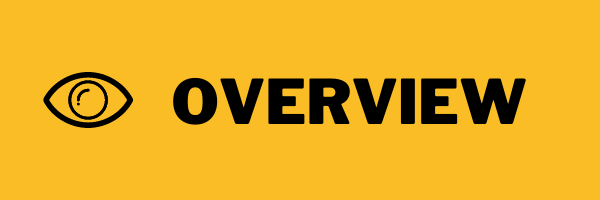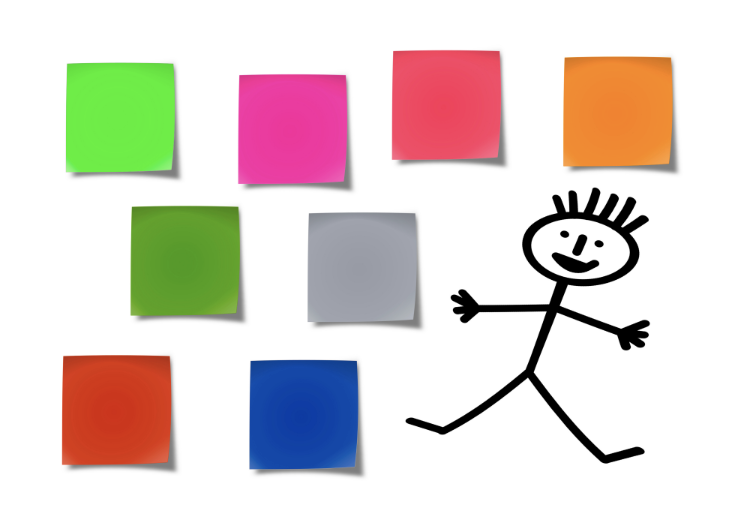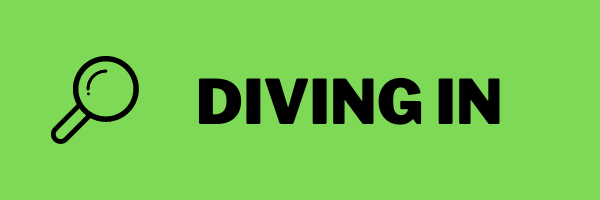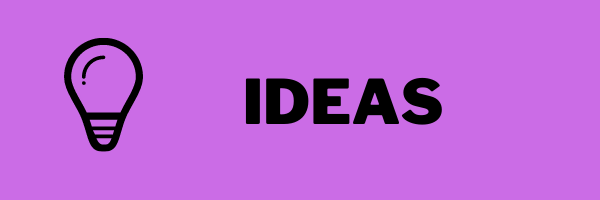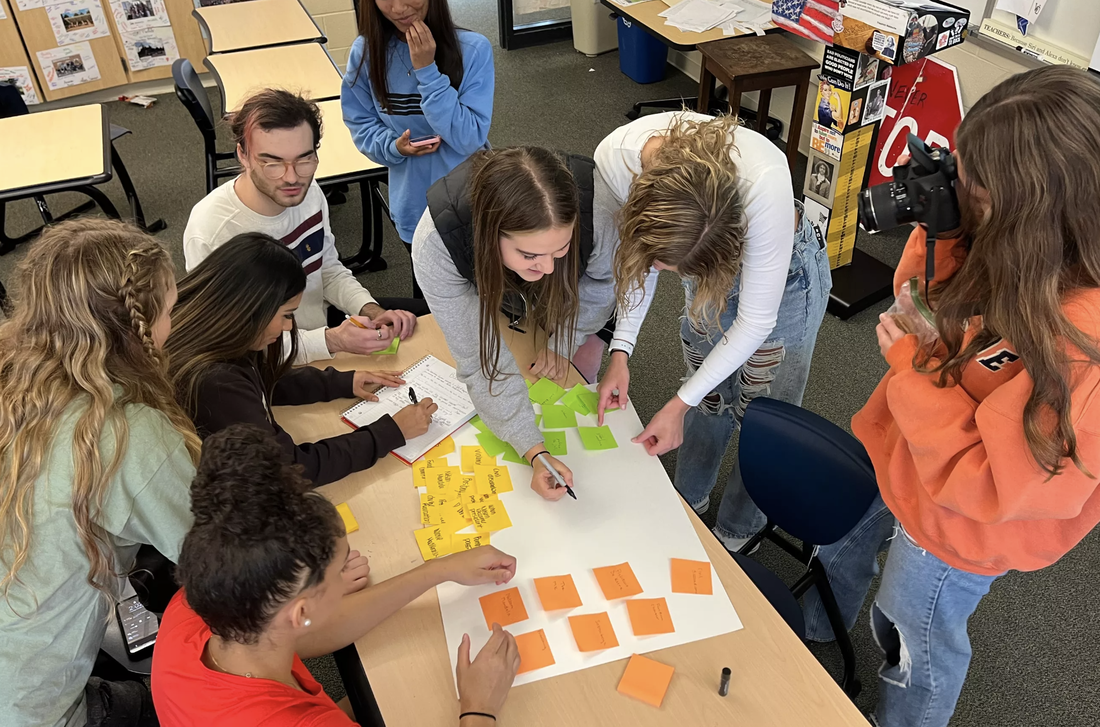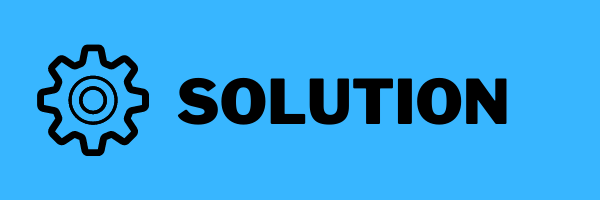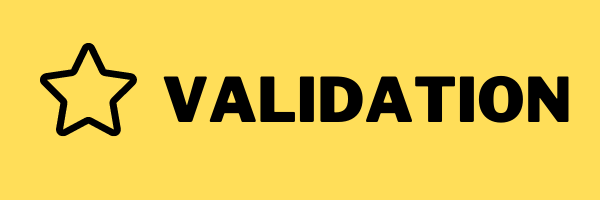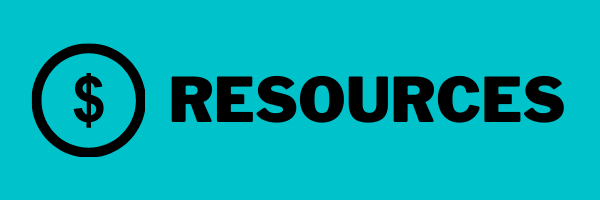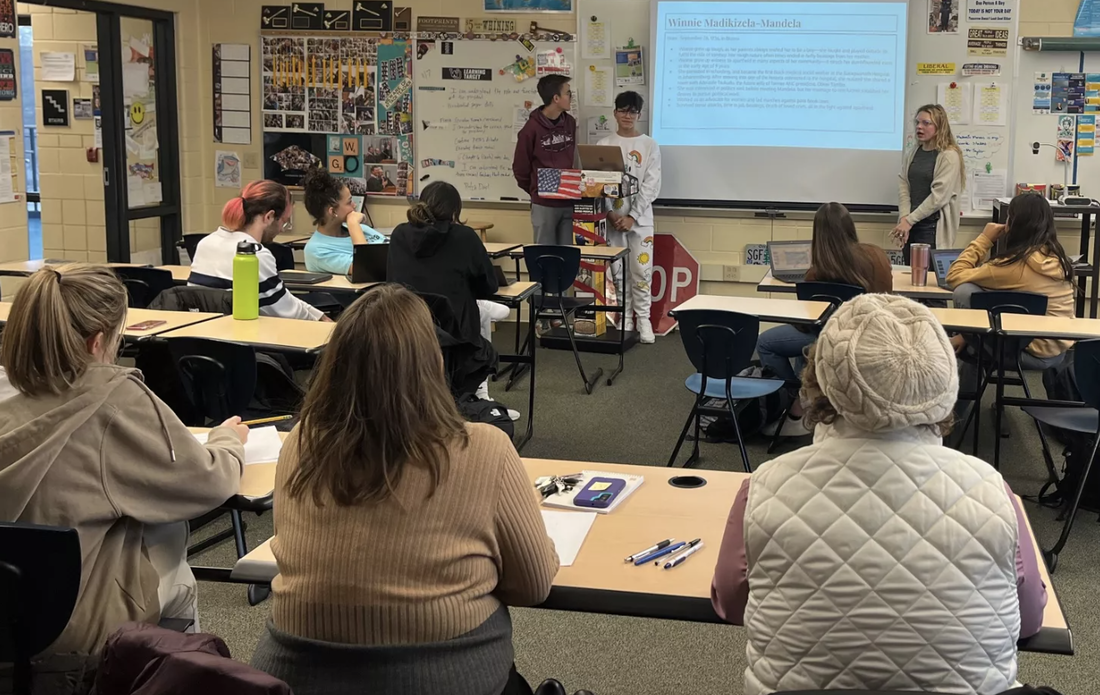Rights and Protests
By: Brian Taylor
By: Brian Taylor
Project at a Glance :
This project is for an 11th grade world history unit on Civil Rights cases studies (U.S. and South Africa). Students are expected to compare and contrast the different causes and effects of the different movements.
Driving Question:
Were protests or legislation more effective in creating “progress” and change during the different Civil Rights movements?
|
Standards:
|
Stakeholders:
|
Incubation:
|
|
Solution Building:
|
Authentic Audience:
|
Click here for teacher's full plan.
Reflection and Feedback:
|
Click here for the teacher's Journey through PBL on Padlet . . .
|
Meet the Educator:
Brian Taylor is a 20 year veteran social studies teacher who still likes to try new things. He has taught an assortment of history and government classes at the secondary level, he currently teaches Government, AP Government, and IB World HIstory. "Education is not the filling of a pail, but the lighting of a fire." ~ by: William Butler Yeats |
